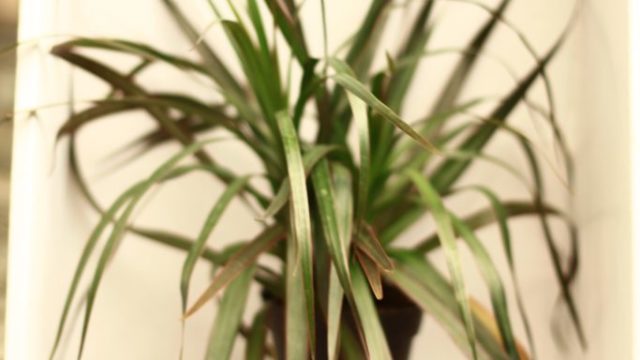
My first plant as an adult was a Marginata Dracaena. I had been wanting a plant for my apartment, and, after scouring some blogs, loved the look and easy care of dracaenas, so I bought one in 2015. It was the best mistake I ever made.
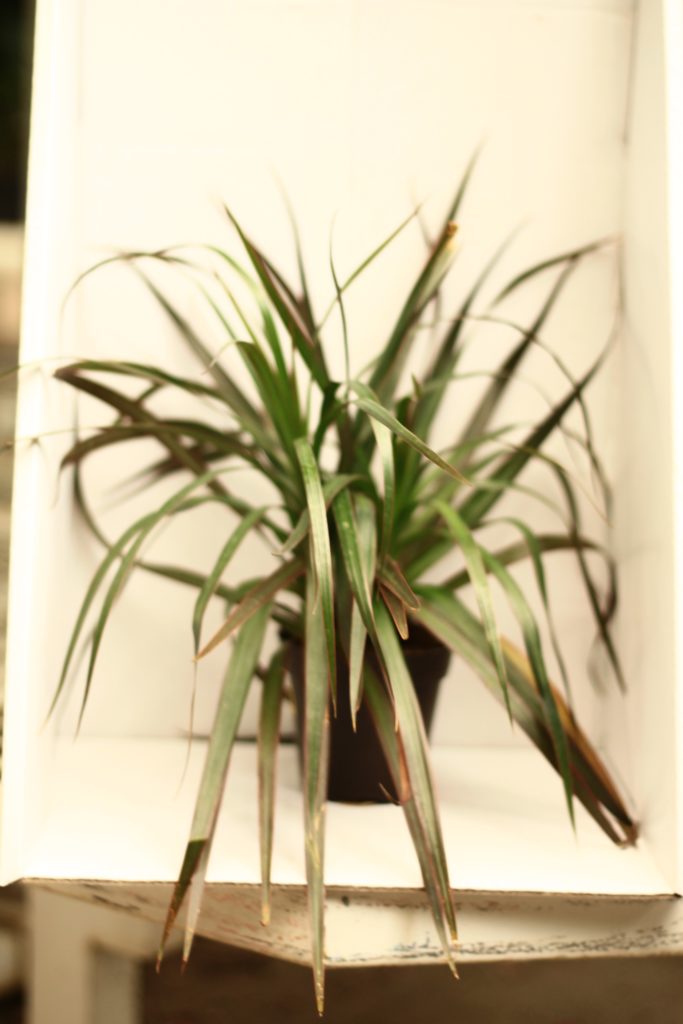
In retrospect I had no idea what kind of houseplant it was, maybe some kind of palm tree? It was so lush and, according to NASA, it was an air purifier, so it must be fine. I also purchased a matching pot and a bag of soil for replanting. Excited, I took everything home proudly – I couldn’t wait to replant it and set it in that empty corner by the TV. Replanted, it looked just lovely.
My curious cat, Harlequinn, wandered over and nibbled on its leaves a bit, so I moved the plant to a higher location. Hours later, I found her munching on considerably more of the leaves. Frustrated, I googled “how to stop your cat from eating your houseplant” and punched in “dracaena.” Low and behold, it was poisonous. Poisonous?! I had no idea houseplants could be poisonous – I mean why would they sell them?! I threw the plant outside in the snow and monitored my cat closely (closer then she wanted, trust me) for the next 24 hours. Everything she did, I checked her mouth, her poop, inspected the hairball she produced shortly after, how much water she was drinking. I worried I would have to bring her to the vet and have her stomach pumped. What if she dies? The worry, oh my God, the worry.
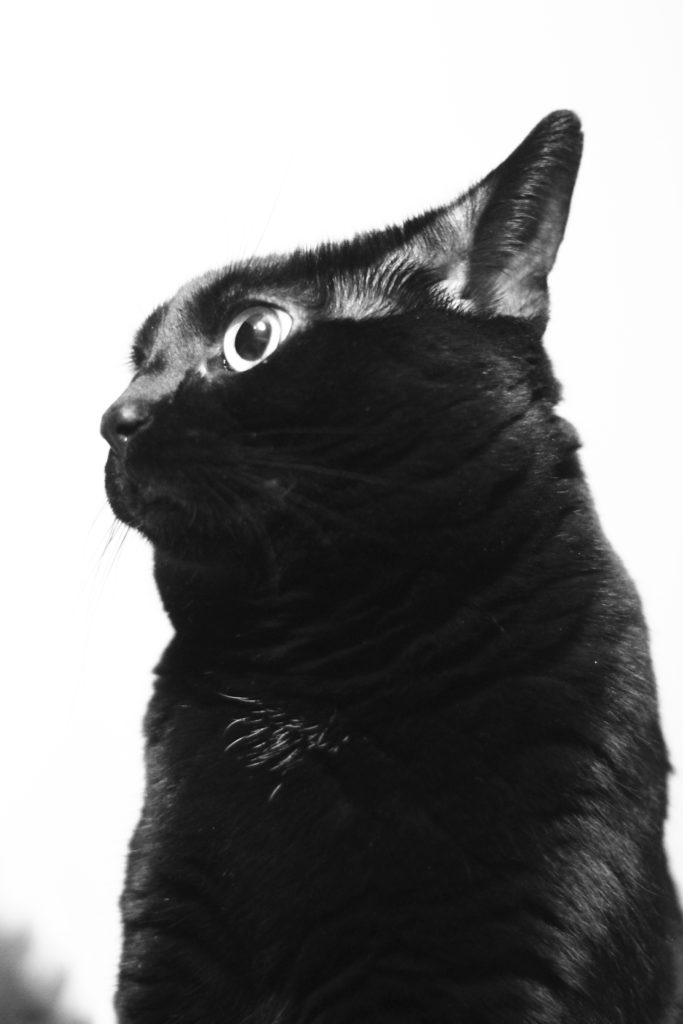
Harlequinn was fine. After an exhausting few days I didn’t want this to ever happen again. If I only knew a houseplant could kill my cat? I didn’t see any labels, nothing says POISON for customers to see. Since then, I brought it upon myself to do my homework and not to purchase plants blindly or emotionally.

I’m probably not alone, and I’m sure I am not the only one with an experience like that. Years later, I now own over 50 houseplants, all of these purchased and/or inherited with my cats in mind. I’ve never had to experience the Dracaena Episode again, as it came to be named. While I have a few toxic plants (I do own a few Monsteras), they are not bothered by cat mouths.
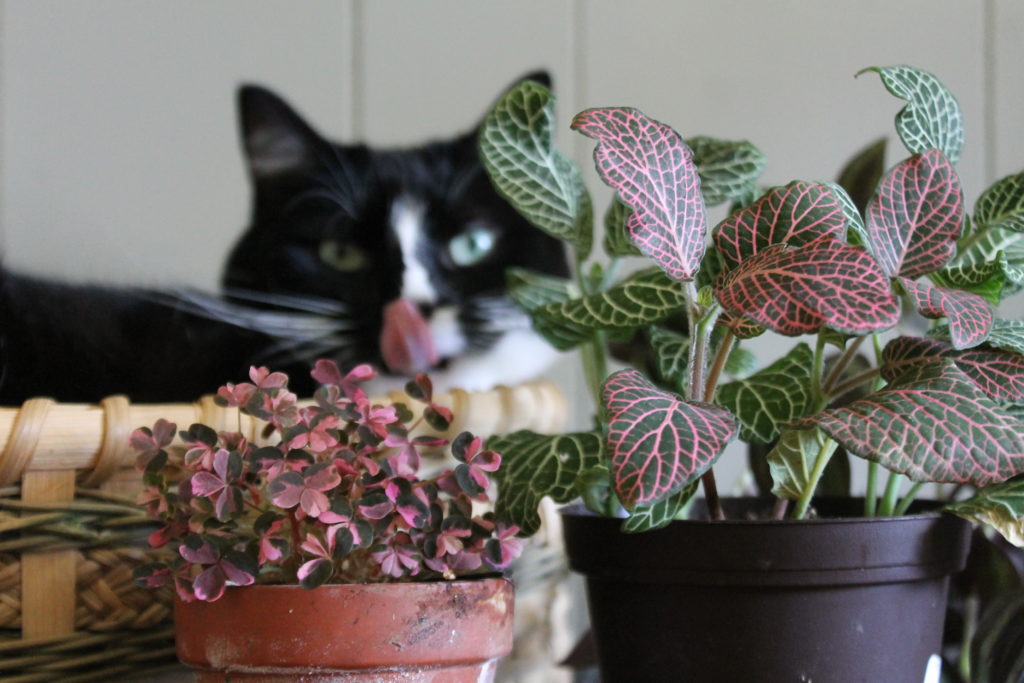
With the help of the ASPCA website, which houses a plethora of information on safe plants and toxic plants, I have compiled many lists dividing plants into safe, marginally safe, and unsafe categories. I created Leaf & Paw to share that knowledge with all of you. Now, you don’t have to sacrifice a Dracaena to a New York winter and a day of your well-being to live harmoniously with pets and plants.

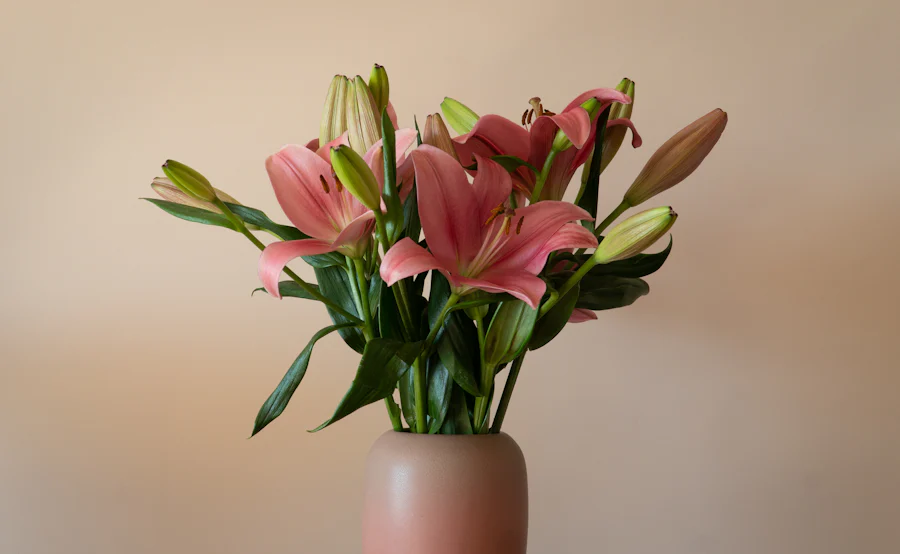
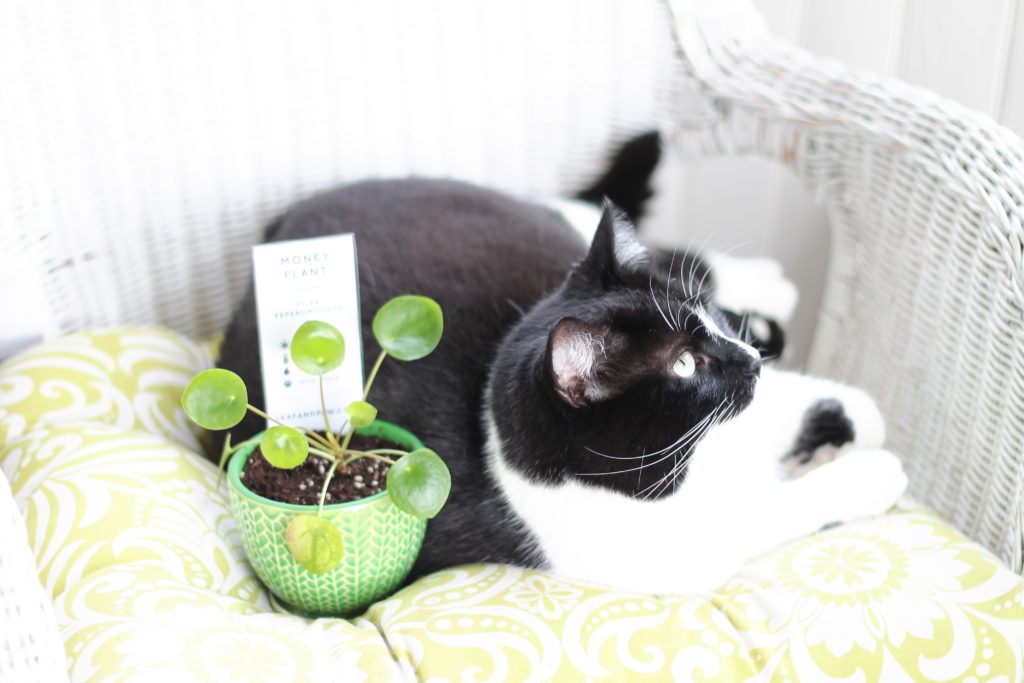
Hi,
I’m so glad I have found your page! I’m about to adopt two cats and already have a house full of (apparently mostly toxic plants! ?) I have ditched most of them (including my beloved Dracaena that I’ve grown from a baby) and have scoured your page for advice before buying myself some safer plants (including a monstera which I would have avoided before I read your page) ..so thank you so much!!
I’m off to find your insta page!!
xx
You’re very welcome Jen! Good luck with your two new fur babies!:-)
My cat is visiting my parents’ house and just got into a dracaena. It was in a supposedly closed room, but apparently the door didn’t latch properly. I’ve been scouring the internet for the signs to look out for and just found this blog. I’m so glad your kitty was ok and hearing that makes me a bit relieved. I’m still going to closely monitor him and hope for the best.
Yes, definitely monitor, Tracy – the warning signs your looking for are not eating/drinking, lethargy, and excessive drooling. Any signs of these (or anything else suspicious) take her to the vet. Glad I can help!
I appreciate your site. This time of year, pet owners should be wary of tulips, daffodils, and lilies, among many plants. In particular, every part of the lily plant is poisonous, including the leaves, pollen, and water that cats may drink from the plant. I can’t stress enough that many varieties of lilies., including Asiatic, lily of the valley, etc can cause kidney failure and death in cats. The pollen can be insidious and cling to clothing, shoes, hair, and animal fur. And, pollen can enter the home through open windows, screens, and even closed doors through microscopic crevices. In short, lilies on the porch or yard aren’t safe, either. Always google the name of the plant before purchasing it.
Totally agree, Jonathan. I personally think lilies are the worst and appreciate you bringing up their toxicity – people forget that lilies in gardens and landscaping can be hazardous too.
While i appreciate the awareness people like to have and to stay informed this is a slightly overdramatic story. And the comments afterwards indicate such ‘cat was fine’. Lilies are literally my most favorite garden plant, own 100’s of them. And im not getting rid of them for a cat.
I currently own 5 cats and have owned many cats over the last 20 yrs with the longest living one being 21. I currently have the marginal dracena (in your story) 3 of my cats CONSTANTLY chew up and ticks me off more they are slowly killing it. The other one they eat the most is the spider. Its the only two these cats i have eat. I do not currently own a dumb cane but i have in the past which those cats never touched but i have considered getting another.
I’ve wondered about this. My cat loves to eat this plant. And never acts sick. She doesn’t vomit or act oddly. Her health seems fine. And there is no known of any cat ever being killed or injured by eating dracenia. It’s only considered poisonous because some cats momentarily get sick when eating it. But no one has yet discovered a specific toxin that is dangerous, other than saponins. The claims of toxicity seem to be highly speculative, not based on any scientific research, as far as I can tell. Still, I’d love to see if anyone knows of such evidence. A cat vomiting and getting dilated eyes is not all that worrisome, to my mind. Cats vomit all the time and many non-toxic plant chemicals will cause eye dilation. So, where did this rumor begin that dracenia is toxic?
Thanks for your reply. Finally someone with common sense. I have same experiences with my 5 cats and indoor plants.
I am SO delighted to find this site. I was about to order Dracaena – as I love its mythology and need a V.O.C. ninja plant. But I not only have cats, we lost an adored 10-month-old cat last year under mysterious circumstances. He was found looking like he was curled up, happy and asleep. To this day, I have no clue what did it but finding this site just saved me! And yes, ordering things in a surge of magical thinking without thinking it through or doing the research IS a trait of mine. Now to find a plant that is cat-safe +has similar anti-toxin benefits. Also, one of the cats is called Draco! So I was conjuring up mystical associations in my mind…lol. Thank you SO much for this – I’m off to read some more of your work x
Thank you for sharing your information! My husband bought one because it looked beautiful and it does. He thought it would do good on the outside but then I saw that it’s an inside plant and we have 3 cats. So I googled it and came up with your site. I appreciate it because I do not want the cats to be poisoned so it’s going to stay outside until Winter that I’ll bring it into the office
Glad I can help, Janice!
Glad I found this, my 13 year old cat, Luna. Has taken to eating the plants we have…same types. She is now not feeling well…she threw up last night and today she is stress licking and doesn’t want to be touched…I am hoping after a few days she will be back to normal. Needless to say we also didn’t know about the plants being toxic.
Oh no! Definitely keep a close eye on her and monitor her poop and any vomit for a while. Also depending on how much she ate you may want to take her to the vet to have her get checked out.
Hi! Your site is wonderful! What do you suggest for an indoor plant with very little light and is nontoxic to cats?
Thanks Sherry! I actually don’t recommend any live plant for a place with little light. Almost all plants will eventually struggle in very low light conditions. Calathea may be your best bet, but they still need to see some indirect sunlight (about 6 hours a day) to grow.
Spider plants!!!
Hoya (wax plant) is non toxic and can tolerate lower light conditions. Pick one with dark green leaves and very little-no variegation. In better conditions some varieties can flower regularly.